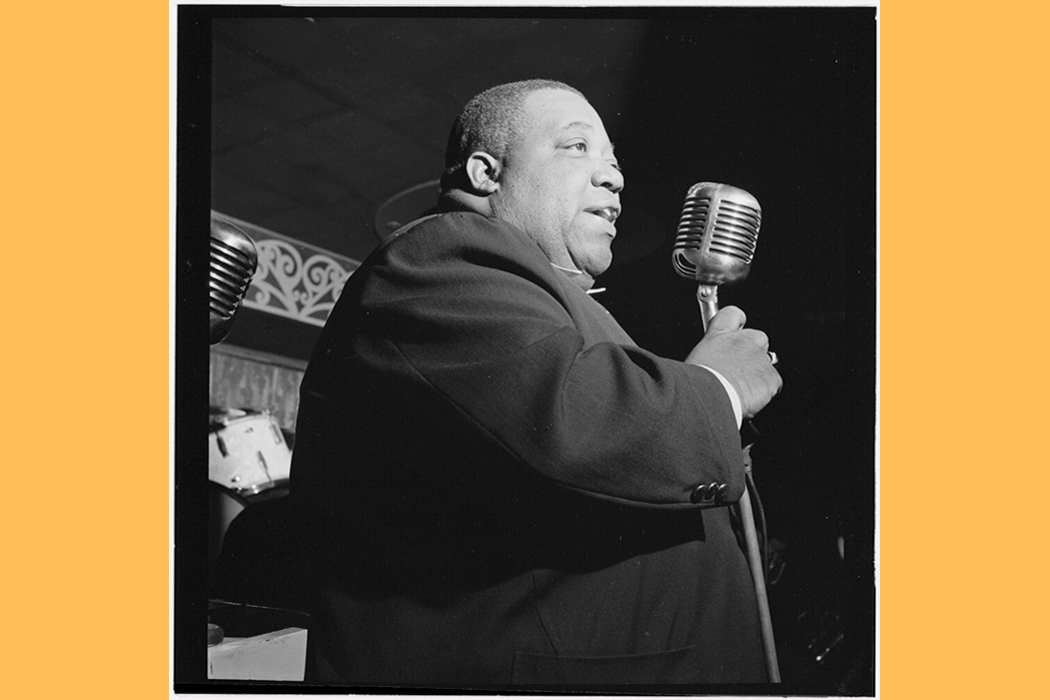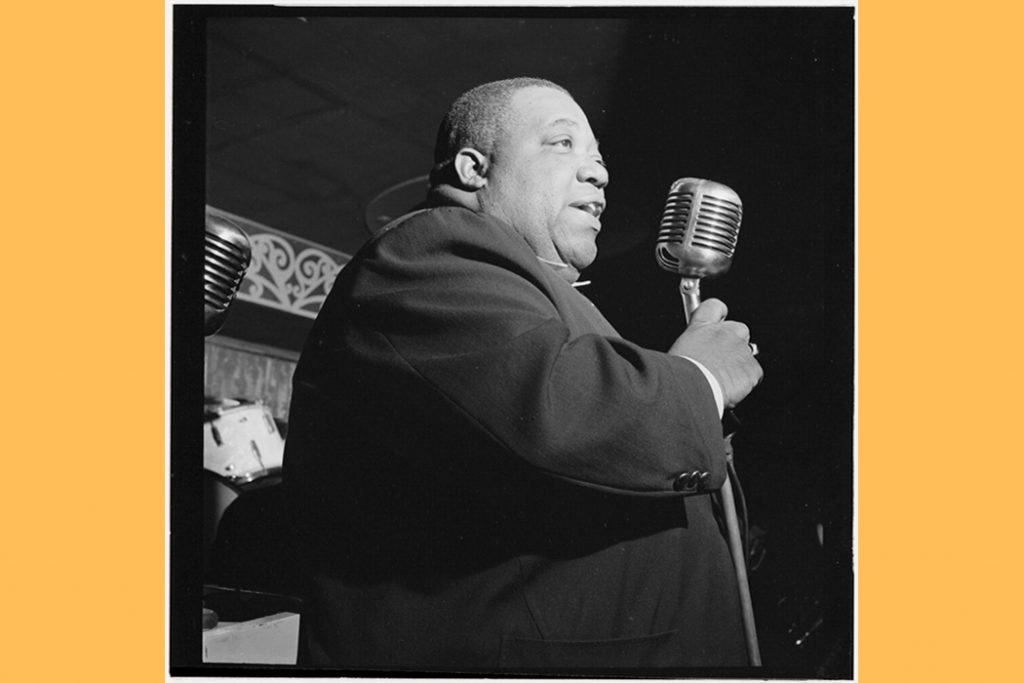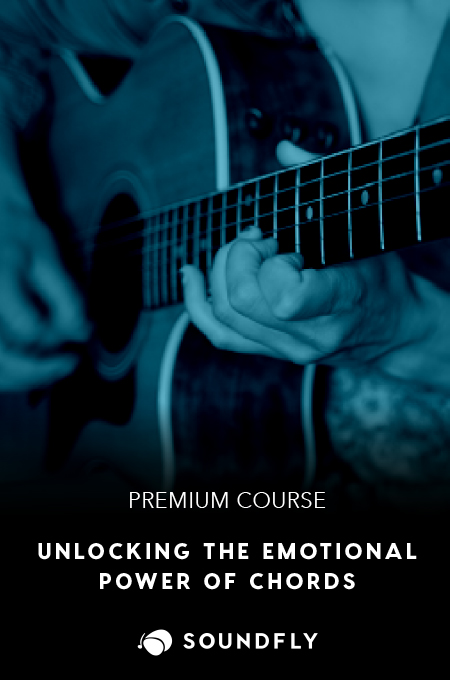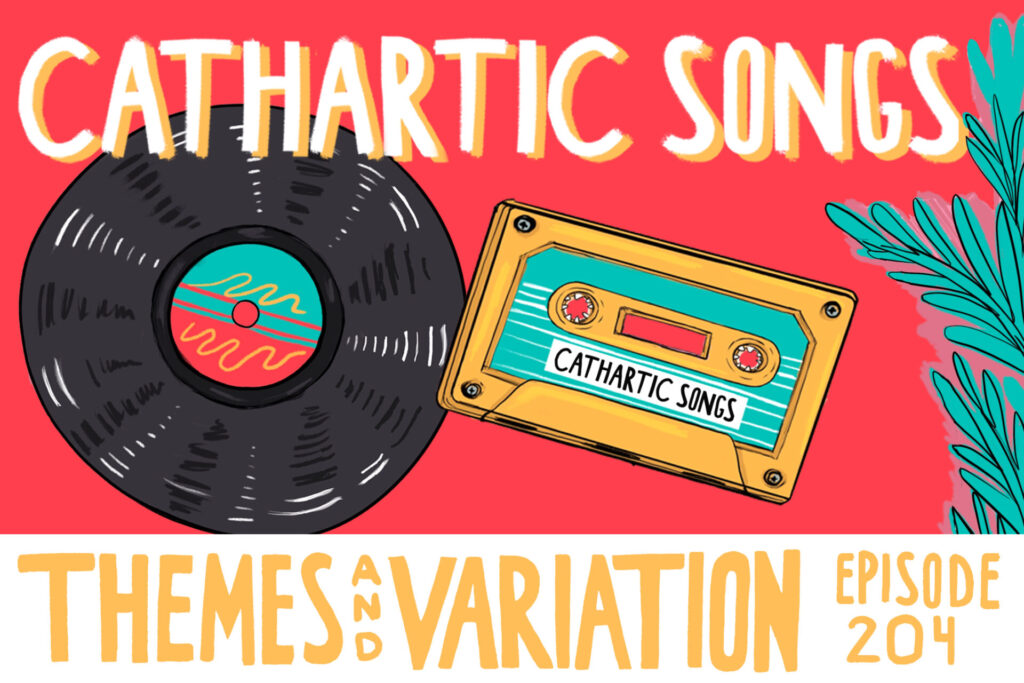
+ Welcome to Soundfly! We help curious musicians meet their goals with creative online courses. Whatever you want to learn, whenever you need to learn it. Subscribe now to start learning on the ’Fly.
To quote the iconic jazz bandleader and composer Paul Whiteman, “Jazz came to America three hundred years ago, wrapped in chains.”
It would be hard to find someone to disagree with this historical outlook. A good number of our musical traditions here in the New World are imported from Africa, brought to the cotton in the mouths and hands of slaves. And if jazz has its roots there — and it certainly does — that means its close siblings are gospel and the blues.
Like any genre of music, blues has many sub-genres and idiosyncrasies. One of these peculiarities, although it went on to become quite influential, was “blues shouting.”
If you’ve ever been to a lively church (I live in the South, they’re a dime a dozen around here) you’ll find that music is often the centerpiece of the experience. Music helps convey that communal sense of joy and ecstasy of being saved by the religious deities. And that was no less true hundreds of years ago, when most slaves were no doubt too poor to obtain decent instruments. Parishioners would use their whole bodies as instruments, and their voices “like trumpets.” Clapping, stomping, and dancing, their voices would rise above the rhythm, baring their souls to their God.
This was also before the microphone was invented.
In the days prior to amplified sound, auditory projection was a sheer necessity. The gospel singer soloist needed to be heard above the choir, above the din of the congregation, and above the stomping and shouting. This technique was even passed on to some of the great gospel singers of the 20th century — Mahalia Jackson, Aretha Franklin and many others — whose voices could soar above the music with exceptional power.
To many, blues is the other side of gospel; along with jazz, they originate from the same harsh lived experiences. They just express themselves differently. It should be no surprise then, since the three genres share so much in common, that we find a similar technique of singing as well as performing in blues music.
Blues shouting is similar to that of those gospel singers trying to be heard over a choir or congregation. Blues frontmen had to use the full strength of their voices to be heard over the band, often a loud and wailing brass ensemble, and wild audiences; almost like underground nightlife opera singers.
More than just a simple curiosity however, blues shouting has been seen by some as a kind of bridge between blues and jazz, and that which directly led to the eventual creation of rock ‘n’ roll. In fact, Big Joe Turner — arguably one of the most prominent of blues shouters, alongside cohorts Jimmy Rushing, Walter Brown, Eddie “Cleanhead” Vinson, Wynonie Harris, and H-Bomb Ferguson — has been said to have directly helped create rock ‘n’ roll.
Turner was at the forefront of speeding up blues music during the 1930s and ’40s, and easily slid between the genres of blues, R&B, swing, and rock ‘n’ roll. Several of the songs he cut that were massive hits on African-American radio stations were later covered by white artists and turned into mainstream hits. One such hit, “Shake, Rattle & Roll,” would later become a milestone hit for Bill Haley and His Comets.
Many historians look back at Turner’s original recording as an important inflection point in rock history. And Turner’s influence on Haley, whose hit “Rock Around the Clock” helped popularize the genre, is clear. Turner’s arrangement is largely left untouched (Haley’s version is perhaps a bit faster), though some lyrics are sanitized to appeal to a white audience.
So why has blues shouting gone by the wayside? Largely, it was a product of its own time — the comparably poor quality of microphones, blues live room acoustics, the way that live performances tended to include a performative, sometimes comedic stage element, etc. — all contributed to why shouting the blues was necessary back then and less so now.
But I’m sure at some point, some artist or song will come along and bring the style to notoriety again. Until then, we’ve got some great records to listen back to.
Improve all aspects of your music with Soundfly.
Subscribe here to get unlimited access to Soundfly’s premium course content, an invitation to join our private Slack community forum, exclusive perks from partner brands, and massive discounts on personalized mentor sessions for guided learning. Learn what you want, whenever, with total freedom.




